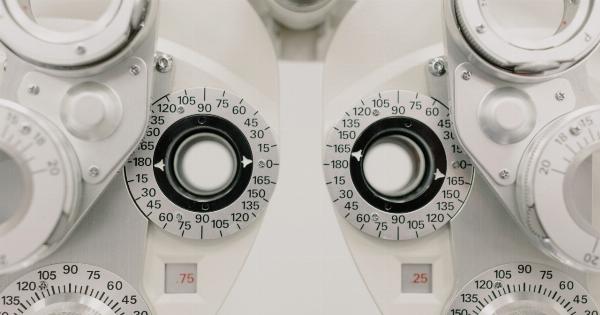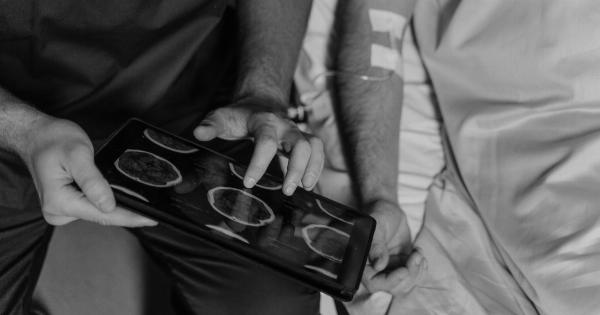Cancer is one of the leading causes of death worldwide. According to the American Cancer Society, there will be an estimated 1,898,160 new cancer cases and 608,570 cancer deaths in the United States in 2021 alone.
While there are currently several methods to detect cancer such as mammograms, colonoscopies, and biopsies, researchers have been working on developing a new non-invasive method to catch the disease early on.
The New Revolutionary Cancer Detection Device
A new cancer detection device called “DiaDefender” can detect cancer by listening to the sound emitted from cells and tissues.
The device was developed by a team of researchers led by Professor Noam Shomron from Tel Aviv University’s Sackler Faculty of Medicine. The device works by analyzing the sounds produced by cancer cells and tissues and identifying differences in the sounds compared to healthy cells and tissues.
How Does DiaDefender Work?
DiaDefender uses advanced artificial intelligence algorithms and machine learning to analyze the sounds produced by cells and tissues.
The device captures sounds emitted by cancer and healthy cells and tissues using a microphone, amplifies the signals, and sends them to a computer for analysis. The computer then applies advanced algorithms to identify and differentiate between the sounds emitted by healthy and cancerous cells and tissues.
Advantages Of DiaDefender
The DiaDefender device is non-invasive, radiation-free, and painless. Unlike other cancer detection methods that involve biopsies, mammograms, and other imaging techniques that require exposure to radiation, this device does not require that.
Moreover, the tool can detect cancer at early stages before the appearance of physical symptoms, which can help facilitate early treatment and improve chances of recovery. The device can also track cancer cells and monitor the response of cancer patients to treatment.
Current Challenges
The DiaDefender device is still in the early stages of development, and more work needs to be done before it can be used widely for cancer detection.
For this to happen, researchers need to conduct more extensive clinical tests to verify the accuracy of the device in detecting different types of cancer with high sensitivity and specificity. Also, the team needs to optimize the device’s software and hardware to improve its detection capabilities further.
Other Revolutionary Cancer Detection Methods
Besides DiaDefender, several researchers worldwide are working on developing innovative cancer detection methods. Some of these are:.
1. Liquid Biopsy
Liquid biopsy is a non-invasive technique that involves the detection and analysis of cancer cells or biomarkers in the blood. This method can detect different types of cancer and monitor cancer treatment response.
2. Breath Analysis
Another innovative cancer detection method is breath analysis, which involves analyzing the volatile organic compounds (VOCs) that cancer cells release into the air. This method can detect lung cancer, breast cancer, and other types of cancer.
3. Skin Biopsies
Skin biopsies are another non-invasive cancer detection technique that involves analyzing skin cells for biomarkers of different types of cancer, including melanoma.
Conclusion
The development of new, non-invasive and effective cancer detection methods remains a top priority for researchers worldwide.
These innovative detection methods can help in detecting cancer at an early stage before the appearance of physical symptoms and improving the chances of recovery. DiaDefender and the other innovative cancer detection methods mentioned above may signal a significant shift in how cancer is detected and treated, making cancer diagnosis and treatment more accurate, efficient, and cost-effective.


























